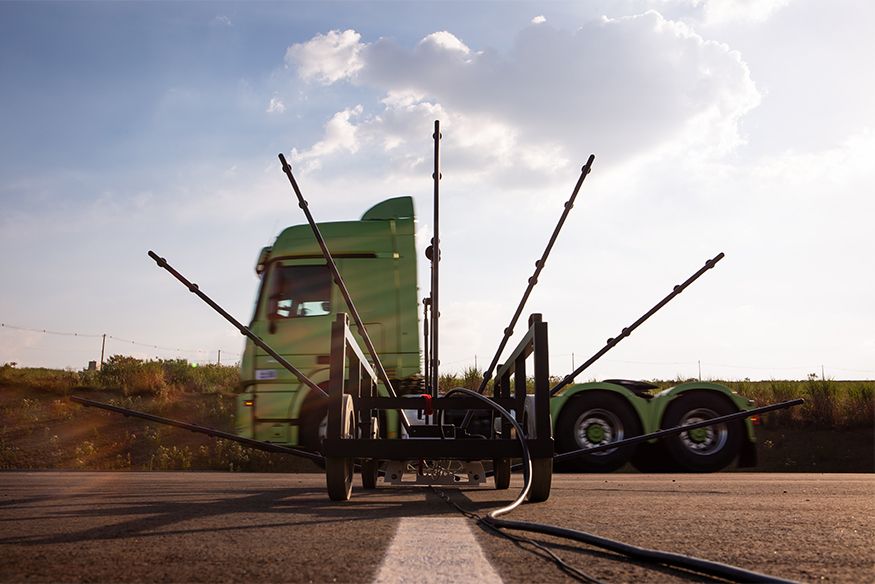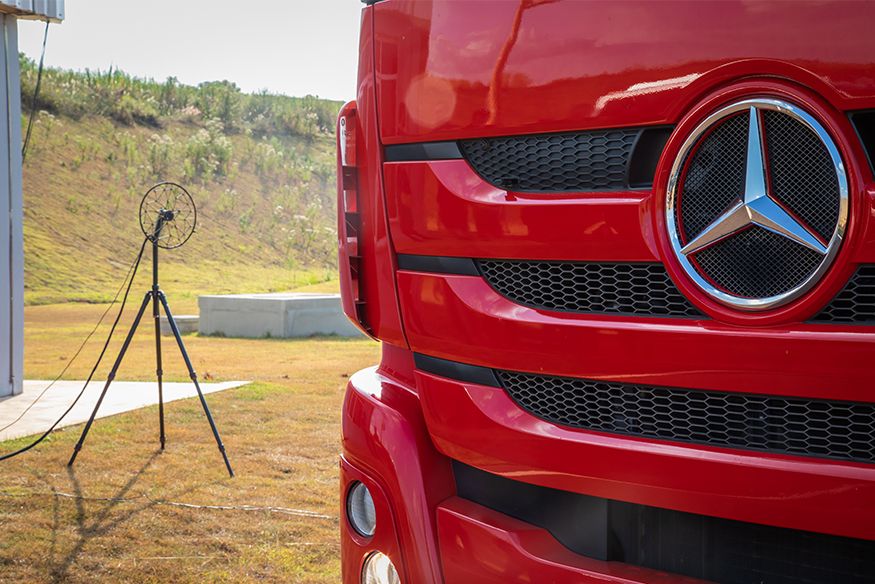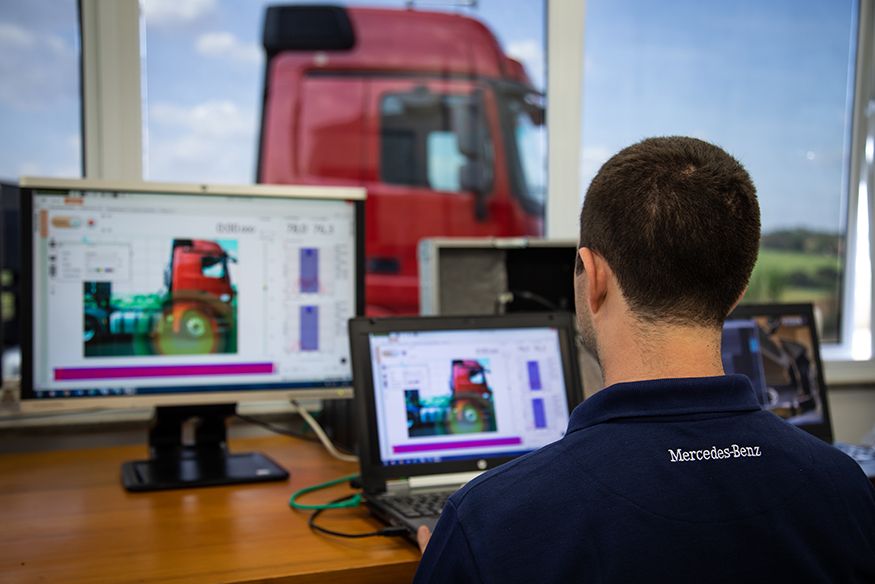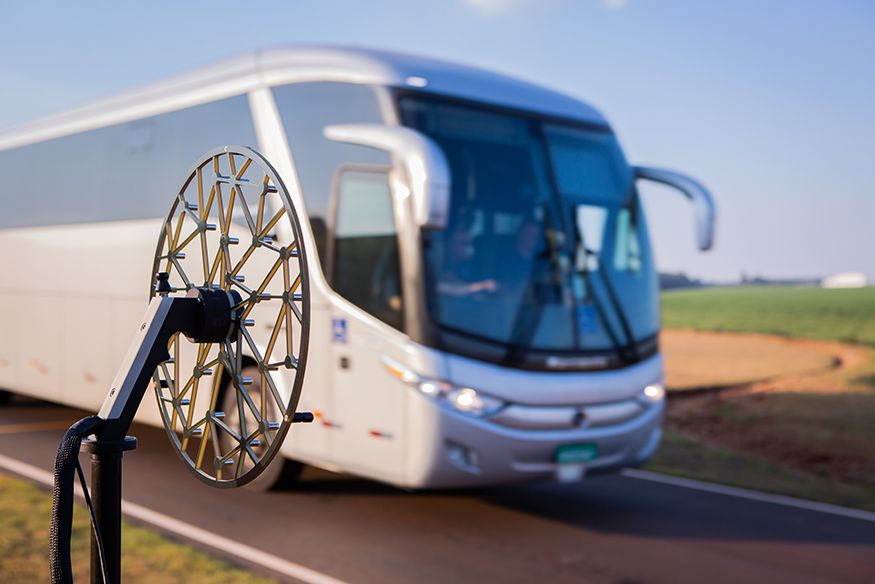Iracemápolis, a municipality in the state of São Paulo, Brazil is well known for two things. It is the birthplace of the now-retired footballer Elano, and the home of the Mercedes-Benz do Brasil Ltd a car production plant. Now, it is also home to the largest and most impressive proving ground in the southern hemisphere.

Located next to the plant, the US$25 m proving ground was inaugurated in May 2018. With cutting edge technology and covering a stunning 1,300,000 m2 (the equivalent of 150 football pitches), it is the most advanced proving ground in Brazil. Able to simulate the roads of Brazil and indeed any other country in the world, the proving ground is mainly used by Mercedes-Benz to test its trucks, buses, and other commercial vehicles. However, 20% of the track’s current usage is by other automotive manufacturers who take advantage of the first-class amenities on offer.
Made to meet all standards
A specialized facility housing advanced digital technology and connectivity is located alongside 12 km of track, divided into 16 individual tracks (asphalt, concrete, and off road), accommodating all of Mercedes-Benz needs – from durability testing to acoustic and thermal comfort testing and off-road testing for extra-heavy vehicles. Using special techniques and materials, the tracks have a lifetime of 30 years, ensuring high accuracy and repeatability.
One of the focus areas of Mercedes-Benz in Brazil is the need to reduce the overall noise of their production vehicles, mostly trucks. The transition to meeting ISO 5130: 2019 Acoustics – Measurements of sound pressure level emitted by stationary road vehicles happens in three phases, but the end result is that they must reduce overall noise by 2 dB by 2023. A 2 dB reduction in overall noise may not sound like much, but even for a decently sized commercial vehicle like a semi-truck, this is a huge deal. Finding areas where noise can be reduced requires mammoth effort from the team, a variety of different tools and analysis techniques such as noise source identifi cation (NSI), pass-by testing, and source path contribution (SPC).

Pass-by noise testing
The new pass-by noise test track at the proving ground was built according to ISO 10844:2014 guaranteeing characteristics of construction such as size, demarcations, texture, porosity, longitudinal and transverse irregularities. ISO certified in March 2019, it also conforms to ISO test procedure-based regulations such as UN/ECE R51.03 (noise emission) for cars, vans, trucks, buses and motorcycles with emphasis on total vehicle test including tyre noise, static noise, horn and external noise conformity of production (CoP).
The potential of the new track and the directive of global homologation motivated the pass-by team in Brazil to look at new tools for their measurements. With new standards, more complicated scenarios and test procedures, it was the natural time to transition from IDAe to LAN-XI data acquisition hardware and from PULSE™ LabShop to BK Connect®. The connectivity and simplicity of the LAN-XI hardware combined with the ease-of-use and guided processes of the BK Connect software speed set-up and data acquisition, and reduce the possibility of error and non-valid data.
“During the pass-by procedure, it is often necessary to understand the behavior of noise sources with embedded measurements. Our system presents a very flexible platform, essential for NVH solutions. BK Connect benefits, like the guided user interface, and particular features, like being able to obtain vehicle data through the CAN Bus module, provide a lot of agility in managing and comparing results through the database,” says Gaetano Miranda, Development Engineer and NVH (noise, vibration and harshness) specialist in the field of test track and pass-by.
State-of-the-art NVH solution set
A perfect complement to the pass-by system, the state-of-the-art PULSE Array Acoustics, Road Vehicles Moving Source Beamforming system is used during the development stages to identify the main sources of noise and their contribution quickly and accurately. “The dynamics of sound radiation during pass-by noise testing is often not trivial and the beamforming system applied for pass-by noise helps us to quickly and effi ciently understand the main sources, enabling customized and smart solutions,” says Fabio G. Bueno, physicist and NVH specialist at Mercedes-Benz testing department. Both Fabio and Gaetano are enthusiastic about their NVH solutions and work with a range of troubleshooting tools and technologies for internal noise development, such as spherical beamforming, conformal mapping, SPC and sound quality.
A crucial part of Daimler Group's development platform
Mr. Camilo A. Adas, Senior Manager of Development and responsible for the proving ground says, “This proving ground represents our way of preparing for the future. With these tracks, we can test the most technological and innovative Mercedes-Benz trucks. Our proving ground is a further contribution in the direction of innovation and evolution, reinforcing our presence in the Daimler Group’s global development platform.”
Related Products
- BK Connect® applets
- BK Connect® free hardware setup applications
- LAN-XI data acquisition system
- PULSE™ LabShop software - legacy licenses information
Related WAVES Articles

Abonnieren Sie unseren Newsletter zum Thema Schall und Schwingung



